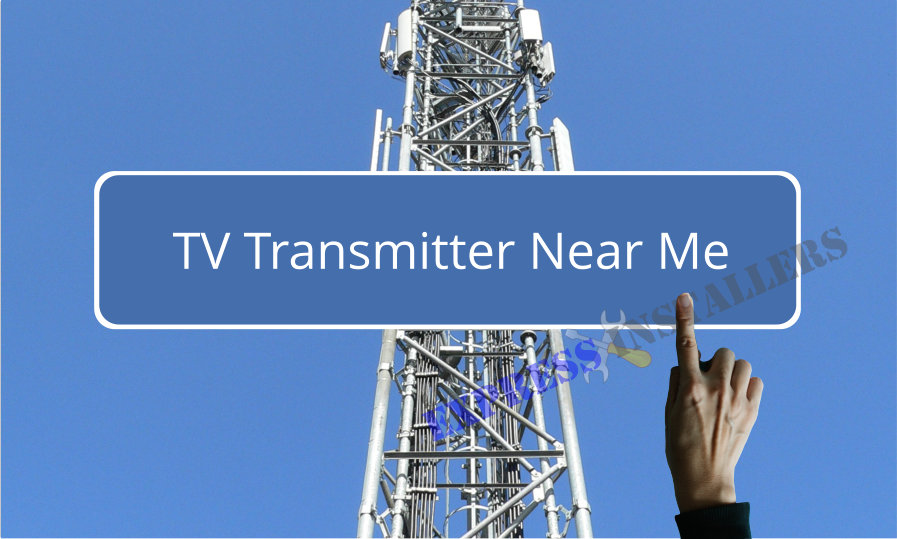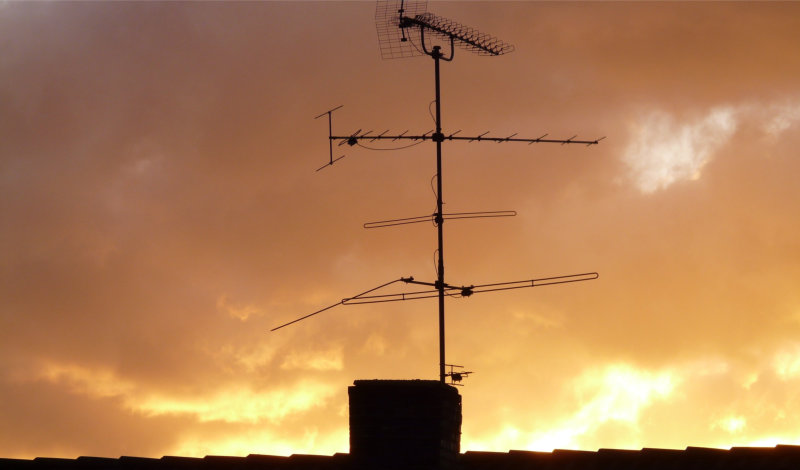
Are you tired of not receiving TV channels or poor TV reception? A few factors can help you understand why you have poor reception.
The significant factors to check would be:
Hills, buildings, and tall trees are examples of obstructions that can block or deflect TV signals, resulting in deep shadow patterns that make reception challenging.
If you’re experiencing poor TV reception due to interference, your TV aerial is likely not receiving a strong enough signal.
You’re not alone if you suddenly have poor reception after a storm or heavy rain. Many people experience this issue. It’s likely that your aerial has moved or that tree branches are blocking the signal.
The first step is to check if your neighbours’ aerials point in the same direction as yours.
Also, check for tree branches or anything else blocking your antenna’s reception of signals from a tower station.

After ruling out obstruction, the next step is to make sure your aerial is functional.
Pixelated images could indicate a problem with your TV aerial. Other warning indications include a channel that keeps cutting in or out, multiple missing Freeview channels, or no signal.
Poor TV reception is often a result of a loose or damaged aerial cable. Checking and fixing this could be the key to resolving your issue.
Check the back of your TV to make sure the aerial cable is connected correctly. If not, locate the cable and return it to its proper location. Make sure it fits properly, and the plug is pushed in.
If you have an aerial socket, the problem may be with the lead connecting the antenna socket to your TV.
If your lead is of low quality, the cable will easily lose signal. After replacing it with a new aerial lead, re-scan your TV for signals.
To receive high-quality TV channels, your aerial needs to point to the TV transmitter closest to your postcode.
When TV transmitters are faulty, it can lead to poor-quality TV channels or even a complete loss of signal. In such cases, it becomes crucial to point your aerial to the next best transmitter for uninterrupted viewing.
This brings us to the question, “How do I find the nearest TV transmitter near me?“
Here are some ways to find the nearest TV transmitter online:
The first step, which is relatively straightforward, is to identify the TV transmitter nearest to your region.
Once you have this information, you can take control and adjust your antenna to point towards the transmitter, thereby improving your Freeview TV signals.
The Freeview Detailed Transmitter Information page, a reliable resource, is an excellent tool for finding the nearest one.
Enter your postcode and house name or number, and the page will display a list with your most likely and alternative transmitters, predicted receptions, and distance from your home address.
You can use this information to locate the closest transmitter and adjust your aerial accordingly to receive better-quality TV channels and coverage.
Another option is to use the Freeview checker by entering your postcode.
This will show you which channels you are predicted to get based on your signal strength and your predicted digital television transmitters.
Ofcom’s transmitter location maps are another valuable resource for finding the nearest transmitter to your location.
These maps provide detailed information on the location of towers, making it easy to identify the nearest one.
Finally, the UK Free TV website is an excellent resource for news on transmitter repair work and Freeview transmitters across the country that might affect aerials’ reception of signals and broadcasts.
In conclusion, by using the resources outlined in this article and checking transmitter maps for coverage, you can quickly identify the nearest transmitter and adjust your antenna to point towards it.
This will also help to determine when to call a professional, as some fixes could be as simple as plugging in a loose antenna cable.
Mon-Fri: 24 Hours
Sat: 24 Hours
Sun: 24 Hours